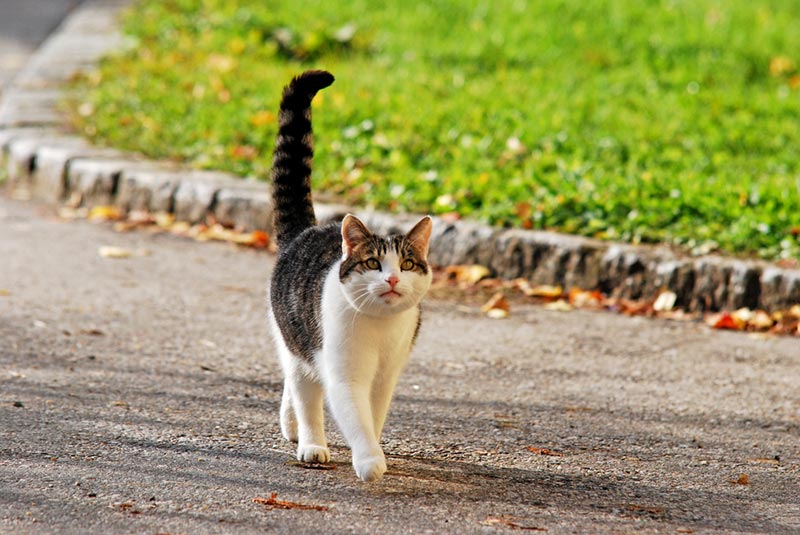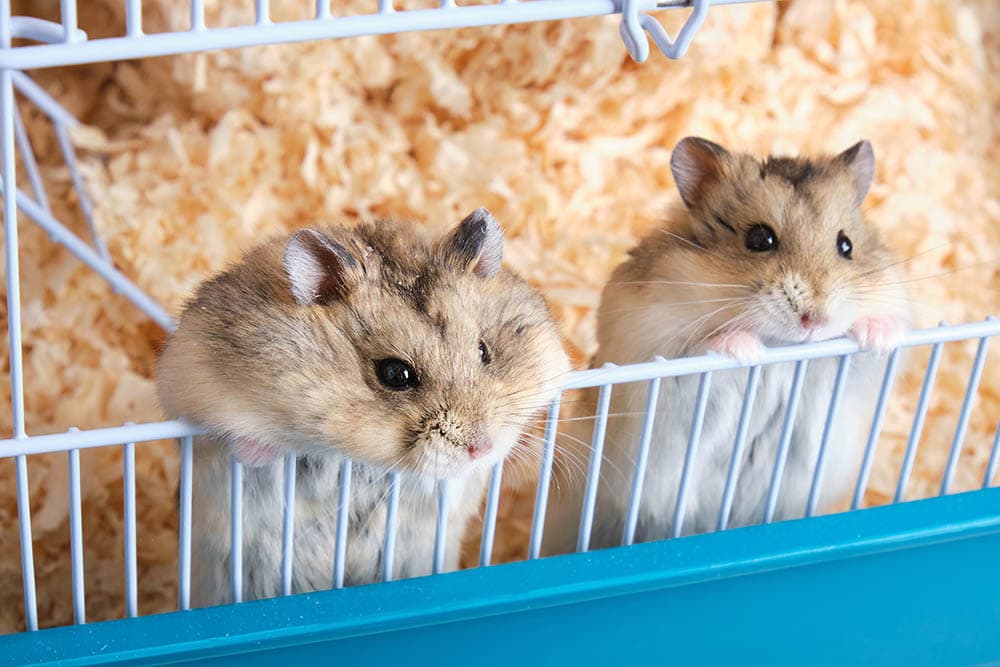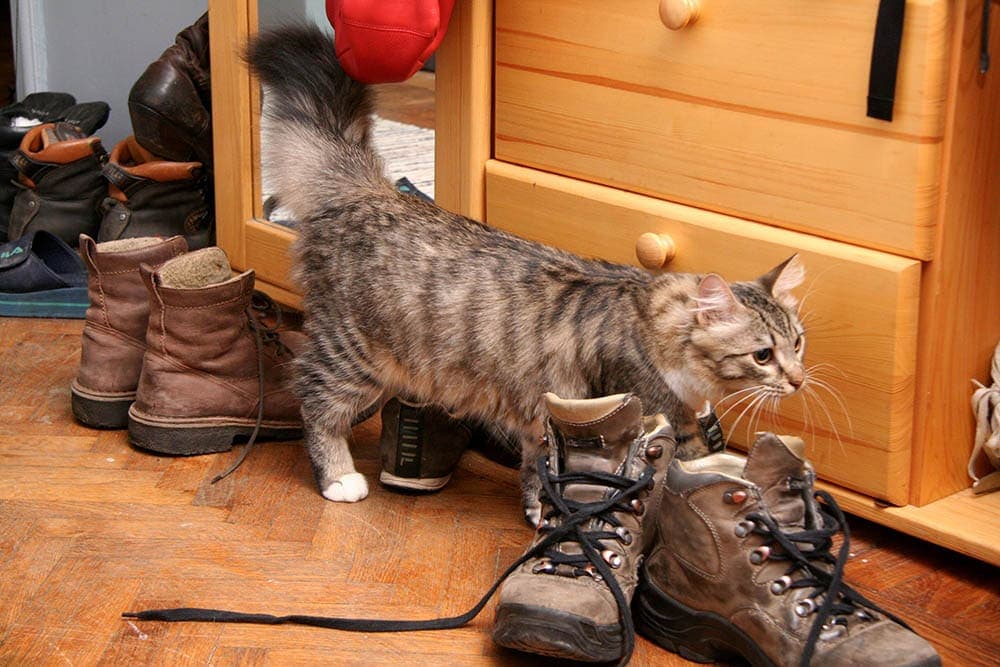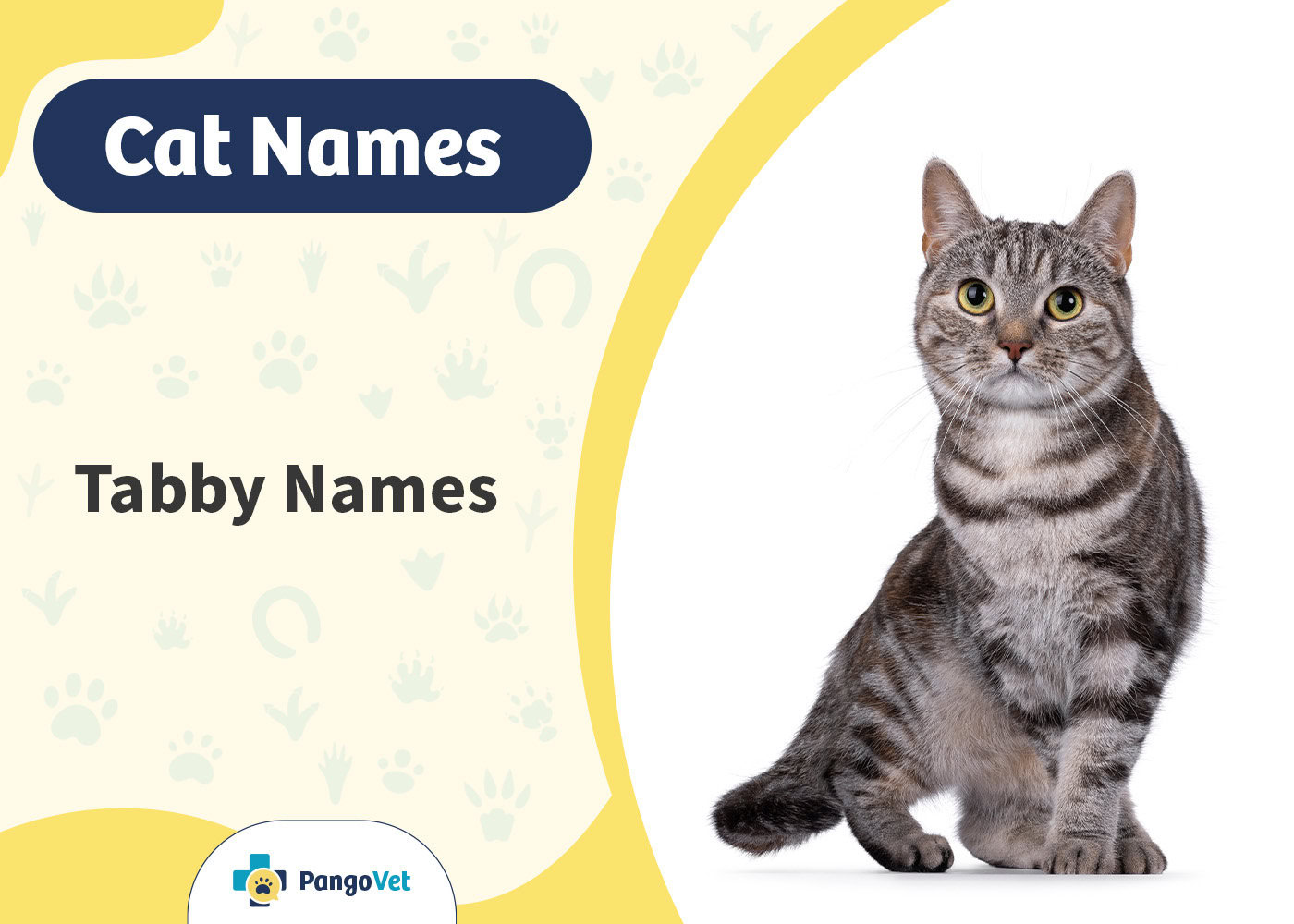VET APPROVED

The information is current and up-to-date in accordance with the latest veterinarian research.
Learn more »Click to Skip Ahead
Cats are notorious for sneaking up and pouncing on their owners without them even noticing. While this is all harmless play, it sheds light on just how stealthy these adorable creatures are. Cats can walk silently and sneak up on their prey without being detected.
Felines are born hunters, and evolution has granted them anatomy that allows for optimum stealth and streamlined movement. They boast a handful of gaits and movements that allow them to move silently and gracefully and seamlessly transition to a full-speed sprint to capture their prey.
That said, how cats can walk so silently is a question that still puzzles many cat owners and enthusiasts. If you are one of them, keep reading to learn everything you need to know.

Fluid Movement
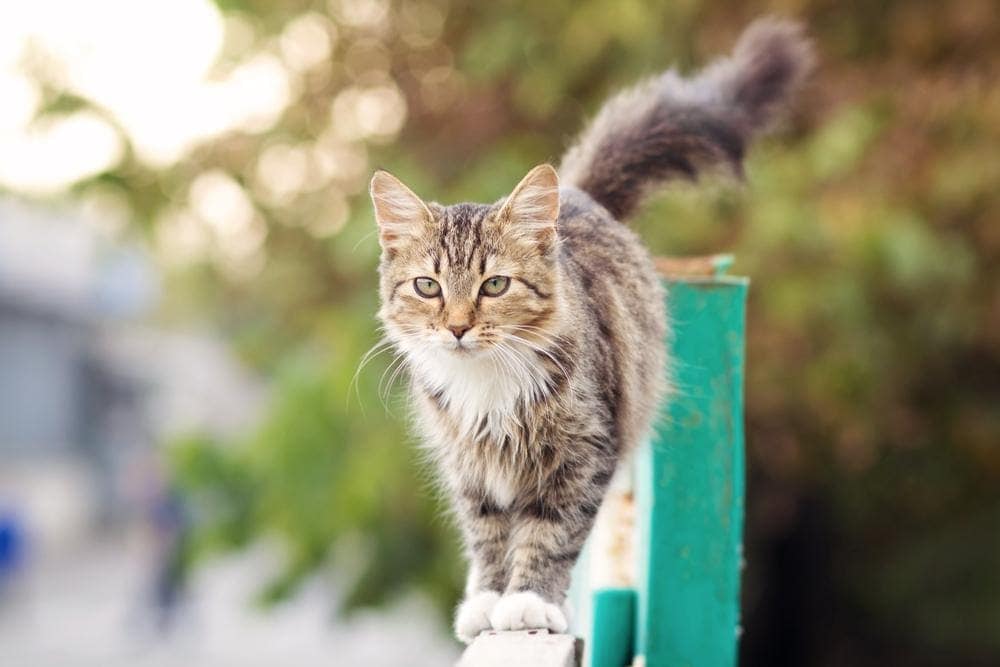
The fluid movement that cats exhibit is beautiful to watch. But all the beauty and majesty of your cat’s walk is far from an aesthetic gimmick. Instead, it serves a predatory purpose by allowing cats to sneak up on their prey without detection.
Most of the cat breeds we see today are direct descendants of the North African / Southwest Asian wildcat1, Felis silvestris lybica. Wildcats are adapted to hunting in desert environments. The cats’ agility and tactility can be summed up in one word: form. The form describes the anatomy and movement of the cat’s body parts to facilitate stealth walking.
The front and hind legs of cats are structured differently and perform different functions. Cats also have a tiny, free-floating collarbone that allows them to squeeze through tight spaces. This also allows for all legs to stay close together, giving them incredible dexterity. That’s why cats can easily transition between short and long strides, burst into speed sprints almost instantaneously, and stay flexible all the while.
A close look at the cat’s front legs will reveal that they’re hinged backward with a slight bend. They can also rotate more easily than the hind legs. The hind legs help propel the cat forward and upward.
At the base of your cat’s legs are thick, fleshy paws. The front paws have five toes, while the hind paws have four. These toes have sharp, curled claws that help the cats climb up surfaces, capture prey, and ward off threats.
Cats are digitigrade, meaning they walk on their toes with the hock positioned off the ground. This allows for much faster movement, which is crucial for stealthy attacks. Cats also have flexible, elastic cushioning on their spinal disks, making them a lot more flexible. It can also extend and compress when needed to allow for short strides, huge leaps, and direct registering.
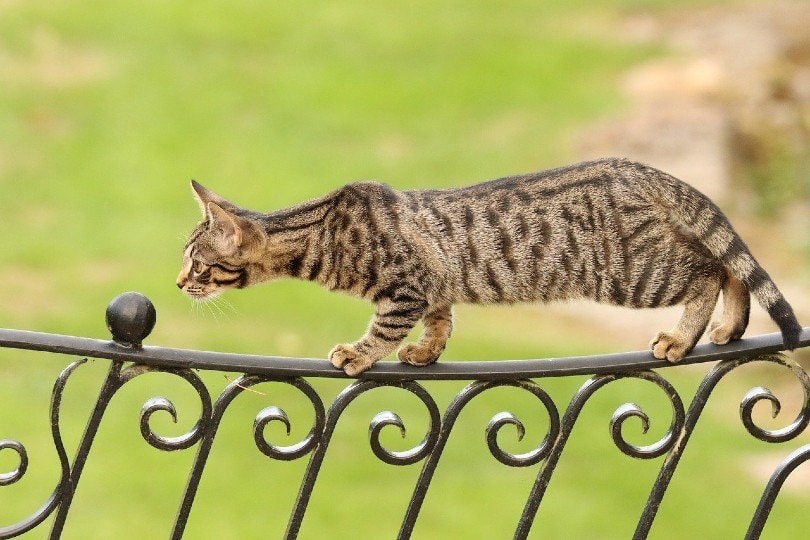

Different Types of Gaits for Different Situations
Gait is simply how someone or something walks. The anatomy of cats allows them to walk in different gaits, depending on the situation. Here are all the cat gaits and when they employ them.
- Walking – This is the standard gait for cats during leisure and free roaming. It’s a four-beat gait involving all four paws, where all touch the ground at different times. Movements are perfectly coordinated among opposite legs: the right foreleg coordinates with the left hindleg, and the left foreleg moves in coordination with the right hindleg. There are cases when two or three feet touch the ground simultaneously.
- Trot – Trotting occurs when your cat advances curiously toward an object. This gait is two-beat, engaging diagonally opposite feet for one beat. One diagonal pair starts, followed by the next to complete the trot. The tail remains straight throughout the trot and helps keep the cat in balance.
- Gallop – This is the shortest and fastest gait that cats use to chase after prey or escape predators and threats. Gallop is an in-phase locomotion gait where the movements of the front or back limb pairs (hindlimbs or forelimbs) are synchronized.

Are There Any Drawbacks To the Cat’s Stealthy Movements?
The stealthiness of our feline counterparts does come at a cost. While they can easily sneak up on prey and devour them in minutes, they have to sacrifice efficiency. These slow, calculated movements require much more concentration, draining much of the cat’s energy. If they don’t catch their prey, a lot of energy goes to waste.
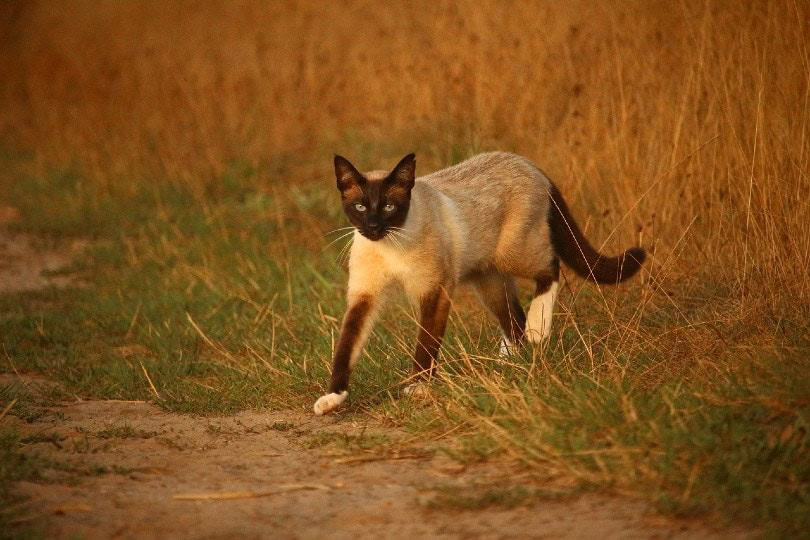

Conclusion
Cats are incredibly fascinating creatures, and silence is gold to them. Their incredible anatomy confers to them a considerable degree of advantage on hunting grounds. This, coupled with their innate predatory instincts and sharp claws and teeth, give them unmatched hunting capabilities. Thankfully, we don’t count as their prey, so we can cuddle up with them and watch them as they walk gracefully in our homes.
- https://pubmed.ncbi.nlm.nih.gov/1080684/
- https://www.fearfreehappyhomes.com/what-movement-and-gait-tell-you-about-your-cat/#:~:text=Cats%20are%20digitigrade%3B%20that%20is,strides%20for%20running%20and%20leaping
- https://www.seniorcatwellness.com/how-do-cats-walk-so-quietly/
- https://arstechnica.com/science/2008/12/stealthy-strides-are-less-efficient-how-cats-walk/
- https://www.wildcatfamily.com/felis-lineage/african-wildcat-and-asiatic-wildcat-felis-lybica/#wildcat-facts
See also:
Featured Image Credit: Alexandra Giese, Shutterstock
